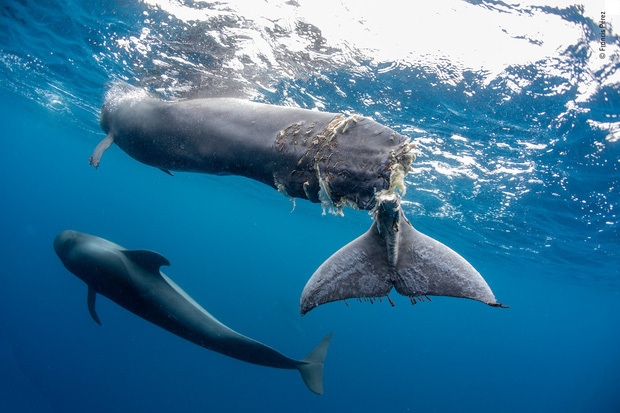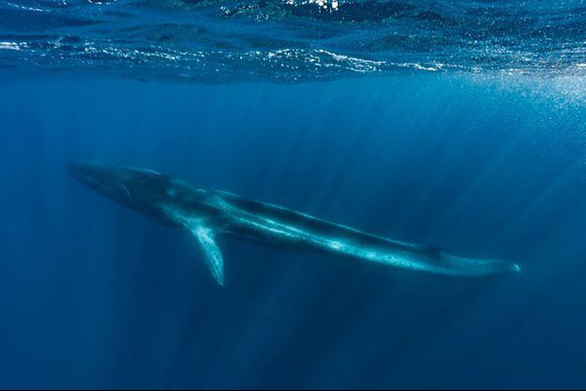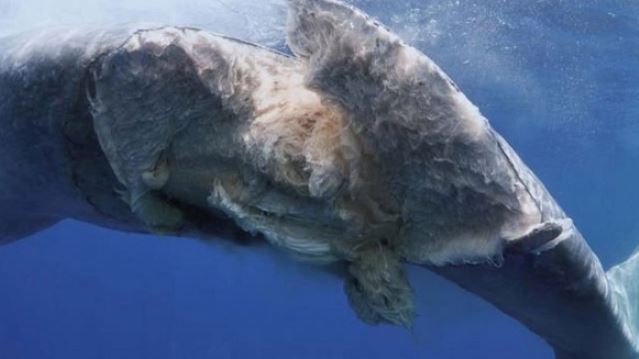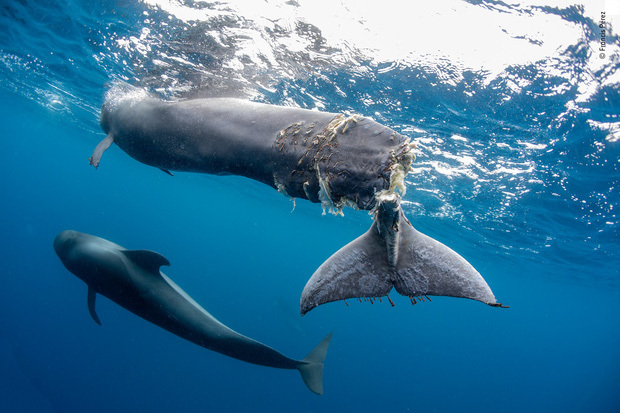Heartbreaking Photo of Tailless Whale: Whether unintentional or deliberate, the fault still lies with humans
Being a mammal with the appearance of a fish, losing its tail is akin to a death sentence for a whale. It becomes immobile, unable to swim, and is left defenseless against shark attacks.
Recently, a deeply distressing image has been circulating on social media, featuring a whale in a pitiful state.
At first, you might wonder what could be so distressing about a whale. But no, this particular whale is in an extremely worrisome condition, with its tail almost severed.
The photo was captured by Francis Pérez, an economist turned underwater photographer. Francis revealed that it is a short-finned pilot whale that suffered serious injuries after colliding with a boat’s propeller.
Being a mammal with the appearance of a fish, losing its tail is akin to a death sentence for a whale. It becomes immobile, unable to swim, and is left defenseless against shark attacks. According to Francis, he could hear the cries of the distressed creature and witnessed other whales from the pod swimming to protect it.
“This is truly the saddest day in my career,” shared Francis, who has over 20 years of experience in filming marine wildlife.
It is known that the marine area where the photograph was taken is home to 20 different species of dolphins and whales. Of course, no one wants to cause such an accident intentionally. However, with the increasing number of boat tours and a lack of regulations regarding speed control, boat propellers have become a constant threat to marine creatures. This is particularly true for species like the pilot whale, which often dives to great depths and surfaces abruptly to rest, leading to accidents.
According to Francis, there is a need for new regulations on boat speed control to prevent similar heartbreaking incidents. Whether through this means or others, the fault still lies with us humans.
Francis’s photograph has been nominated for the Wildlife Photographer of the Year award organized by the Natural History Museum in the UK.
Hits: 8










